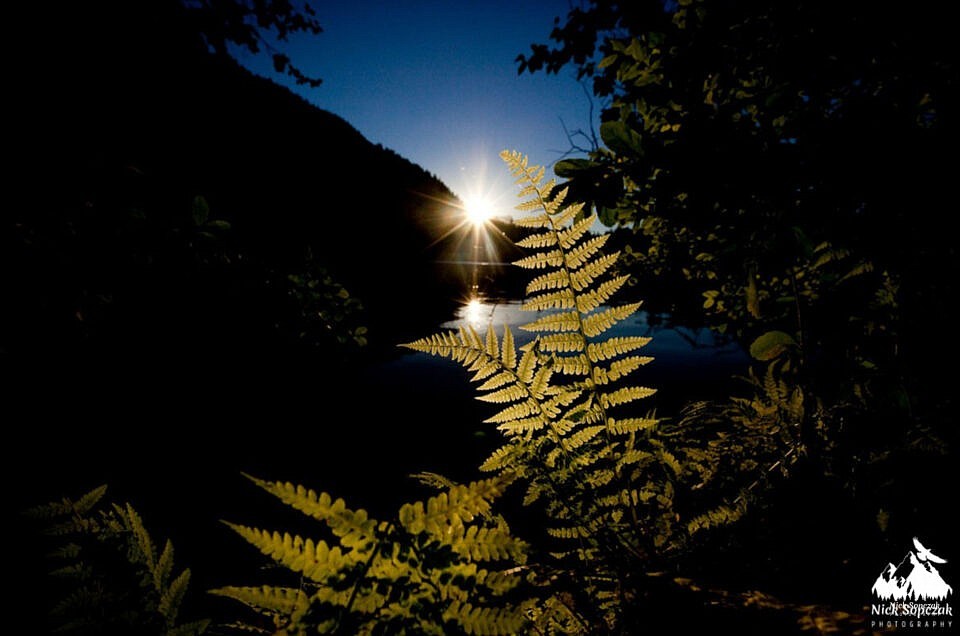Top Tips to Make Your Summer Photos the Best They Can Be
As the days stretch long and the sun casts its golden spell, summer presents photographers with a playground of light, color, and adventure. Whether you’re hiking into the backcountry, wandering the beach at sunset, or just snapping moments in your backyard, there’s no better time to explore your creativity behind the lens.
I’ve put together my top tips to help you make the most of your summer photos — from camera settings to light awareness to mindset. Whether you’re shooting on a DSLR, mirrorless, or even your phone, these ideas can transform your images from simple snapshots into unforgettable captures.
1. Chase the Light — Especially the Golden Hours
Summer light is bright, intense, and at times harsh. To avoid blown-out highlights or deep shadows, aim to shoot during golden hour — that magical time just after sunrise or before sunset. The low-angle sun bathes everything in soft, warm tones and creates long, dreamy shadows that add texture and depth.
Golden hour not only flatters portraits but also enhances landscapes and details. If you’re photographing people, place the sun behind them and use a reflector or fill light to soften shadows on their faces. For landscapes, take advantage of side-lighting to accentuate texture and form.
2. Tell a Story, Not Just a Scene
Summer is about experience — road trips, lazy lake days, camping, festivals, hiking, and everything in between. Think beyond static landscapes. Focus on moments: toes in the sand, kids leaping into lakes, sunglasses on the dash, or coffee boiling over a campfire. Look for those small in-between gestures that evoke a mood or memory.
Try creating a series or mini-story: a few shots that flow together — wide establishing shots, mid-range interaction, and detail close-ups. This storytelling approach invites your audience into the full experience, not just the scenery.
3. Use Natural Elements to Frame and Layer
Summer is full of vibrant foliage, wide skies, reflections, and textured backdrops. Use these elements to your advantage:
- Frame: Look through trees, windows, tents, surfboards — use these shapes to lead the viewer’s eye into the image.
- Layer: Shoot through grass or flowers in the foreground to add depth. This technique adds a feeling of place and draws the viewer deeper into the scene.
Combining foreground, midground, and background elements is one of the simplest ways to make your compositions feel more cinematic and immersive.
4. Play with Movement and Light
Summer is the season of motion — waves crashing, kids running, mountain bikers flying by. Don’t be afraid to experiment with shutter speed to either freeze action or show its blur:
- For crisp, frozen action: shoot at 1/1000 sec or faster.
- For dreamy motion blur (waterfalls, rivers, traffic): slow it down to 1/10 sec or even longer with a tripod.
You can also use the dynamic light of summer to experiment with silhouettes, sun flares, and reflections. Try shooting into the sun (carefully!) for some creative lens flare or soft backlit portraits.
5. Get Low, Get Close, Get Dirty
Some of the most interesting summer photos happen when you change your perspective. Get low in the grass, lie on a paddleboard, or step into the water. Zooming in close or getting down to your subject’s level creates a sense of intimacy and detail that viewers love.
In landscapes, shooting low to the ground with a strong foreground subject can create a sense of vastness and scale — whether it’s wildflowers, driftwood, or rock textures.
6. Don’t Forget the Details
Sweat on the forehead. Sand stuck to skin. Water droplets on glass. Wildflowers blowing in the breeze. These tiny moments hold powerful emotion. Train your eye to notice the details that define the day — they’re often what we remember most.
Shooting at a wide aperture (like f/2.8 or f/1.8) can help blur the background and make those details pop. These intimate shots add richness and variety to your photo sets.
7. Stay Mindful — Be in the Moment
One of the best things you can do as a photographer is to slow down and really observe before lifting the camera. Take a few breaths. Watch how the light moves. Notice interactions between people and nature.
In our rush to “get the shot,” we sometimes miss the subtlety of what’s unfolding. Summer photography is at its best when it captures not just what was seen — but what was felt.
8. Edit Lightly and Stay True to the Mood
Summer’s natural colors and tones don’t need heavy filtering. When editing, aim to enhance — not overpower — the feeling of the moment. Think warm tones, soft contrast, and gentle vibrance.
Apps like Lightroom (mobile or desktop) allow for simple tweaks to exposure, warmth, and shadows. Keep an eye on skin tones and avoid over-saturating skies or greenery. Let your edits reflect the natural glow of the day.
Final Thoughts
Summer is fleeting, but photography allows us to relive it again and again. Whether you’re deep in the forest, standing on a mountaintop, or enjoying backyard BBQs with loved ones — your camera is a way to hold onto the light, the laughter, and the wonder.
So keep your gear handy, trust your instincts, and shoot with heart. Your summer story is worth telling — and I can’t wait to see how you frame it.
Happy shooting, friends.
— Nick


